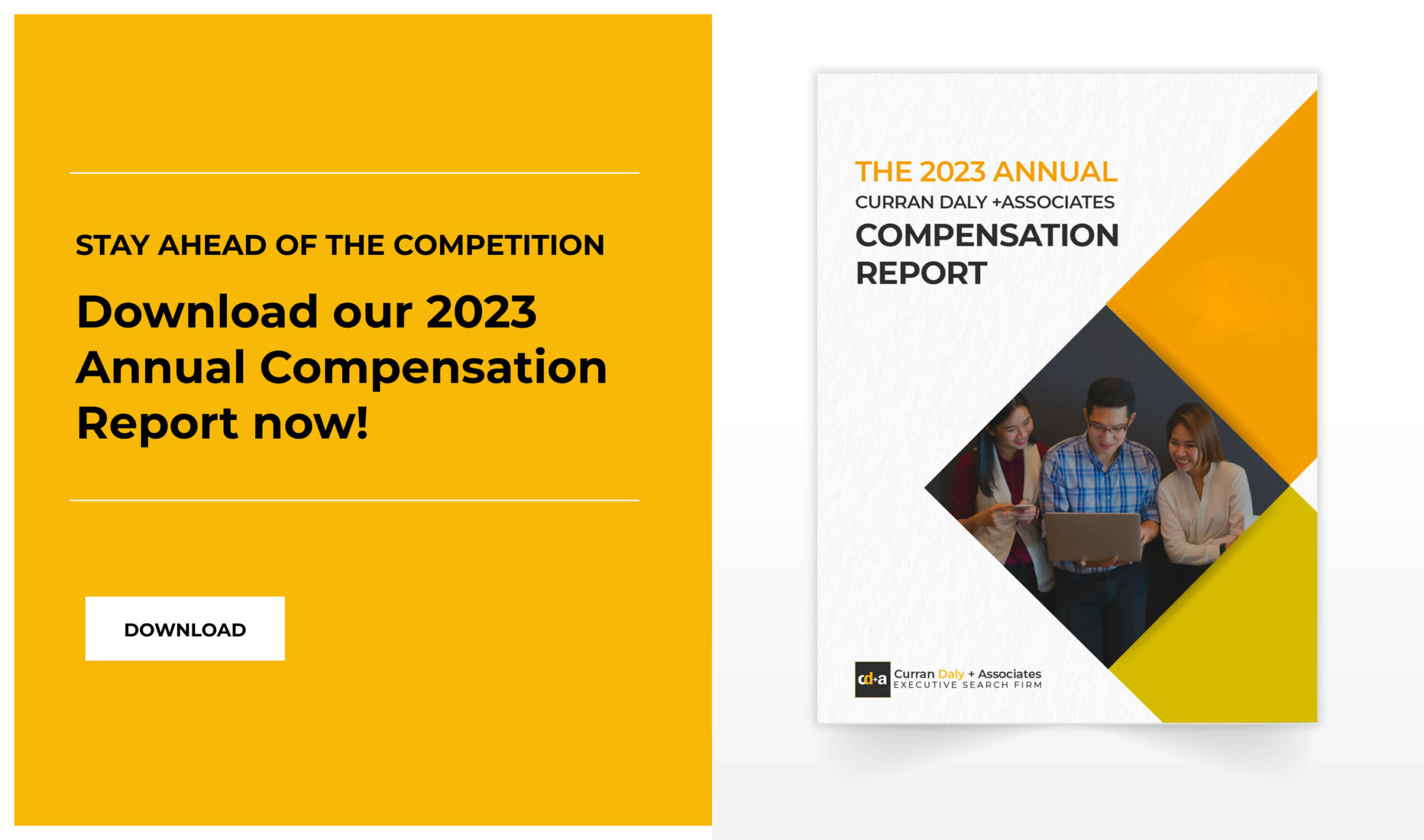Thanks to technology and globalisation, it’s not just about staying in touch with remote individuals, but now distributed project teams are becoming much more common. Organisations today that are looking for ways to reduce operating costs find distributed work programs and outsourcing as one of the most effective ways to save on operation costs.
There are many business teams today working together across state lines and international borders. It’s not uncommon to find organisations that employ “dispersed teams” for example, in our Curran Daly Associates offices; we have managers in Sydney who communicate daily with colleagues in Melbourne, Manila, Cebu and Dumaguete.
“How do you evaluate employees you don’t see very often or talk to every day?”
“How do remote employees get on the radar of those responsible for evaluating their performance?”
“How is it possible to stay on top of what BPO employees are doing on different shifts, in offices across the globe?”
Does any of these questions sound familiar? In this week’s Curran Daly blog post, we share of some of some of the top practices and tips to help evaluate remote employees.
Establish Clear Expectations
One of the most critical factors to a remote team member’s success is setting clear expectations. When working from a remote location without the advantages of daily interactions with the team leader or other team members, a clear understanding of what each employee is expected to accomplish is critical for motivation and satisfactory performance. Consider the process used by distance managers at Cummins Power Generation. Each manager of remote employees is charged with answering a series of questions to the satisfaction of the employee. Included are questions such as:
- What am I supposed to do?
- How am I supposed to do it?
- How will I know when it has been done correctly?
- How do I get the resources (skills, tools, information, etc.) I need?
- How do I prioritize my activities?
- How will I get feedback?
Project deadlines and managing workflows are important tasks in your role as a manager to ensure work is completed efficiently. Equally important is your ability as a leader to engage employees who might lose sight of the bigger picture. Distance can create a wedge between business objectives and the intrinsic value of knowing that they are doing meaningful work.
Let remote employees know how their work contributes to the overall success of the department and company. It’s important to make sure employees know that every position on the organisational chart is essential.
Use 360 Feedback
To give your remote employee valuable feedback, it’s important to gather input from workers and clients who work directly with them. 360 degree feedback allows each individual to understand how their effectiveness as an employee, co-worker, or staff member is viewed by others. It also gives managers a broader, richer perspective on their employees’ performance. In an upcoming blog, we will explore 360 degree feedback further and share some tips to take advantage of the benefits of using this technique.
Go Digital
Committing to digital information flow and storage is an integral factor to enable efficient distributed work. People can be much more mobile when they don’t have to access paper documents that are by definition ‘stored in only one location’. The best part about centrally stored digital information is that once it’s online it can be accessed and processed from almost anywhere.
For BPO workers and other remote employees, here’s a list of the minimum technology toolset:
- Smart phone connected to enterprise email
- Web-based remote access
- Secure laptop with logins and individual personal identification numbers
- Wireless networks within company facilities
There are also many readily available software-based collaborative tools that help make distributed work productive, effective, and surprisingly low-cost. Such as the following:
- instant messaging and online “chat” packages
- voice-over-IP audio and video conferencing applications
- screen-sharing and remote access software
- other Web conferencing and remote presentation tools; team collaboration workspaces (including shared file repositories threaded discussions, group calendars, and project management tools)
- document sharing and collaborative writing tools
- project management software
- event scheduling tools
- social networking applications
Here are a few examples using technology to connect, bond and evaluate your remote employees:
- Set up an intranet where all employees can access company information (operations guides, important documents, deadlines, FAQs, team calendars, etc.) this way you can track progress and organise information among large groups.
- Create a discussion board or internal company blog where members can post photos and discuss various topics related to work and the industry can help create stronger bonds and keep the remote employee in the work loop.
- Start an email newsletter. Profile articles can put a face on co-workers, especially when they give kudos for work/community-related accomplishments.
- Host a blogging network. At Sun Microsystems, CEO Jonathan Schwartz blogs extensively several times a month. Employees pose questions and he answers them, making him highly visible and accessible.
On-going Evaluations
Supervise using some of the same communication channels you would use with traditional office workers, such as morning calls or e-mails, mid-day checks, and end-of-day discussions of accomplishments (GSA Enterprise Transformation, 2011). But remember to take into consideration that your goal for evaluating remote employees should focus on the quality of work produced rather than how work gets done. Evaluating performance based on how long an employee takes to reply to an email can lead to the wrong conclusion. Instead of focusing on points of style, focus on tangible and intangible results from employees. (Waliszewksi, 2014).
Examples –
Tangible results: employees who consistently meet project deadlines (look for quality work that demonstrates their ability to meet or exceed performance expectations).
Intangible results: noticing intangible efforts of collaborating, generating fresh ideas and good decision-making
Managing remote global staff certainly has its challenges. Adopting a more open and communicative approach is essential to the evolution of the remote workplace. If you are able to determine the circumstances under which BPO and remote employees will operate and what they are expected to deliver, you will be in a good position to evaluate their performance.







0 Comments